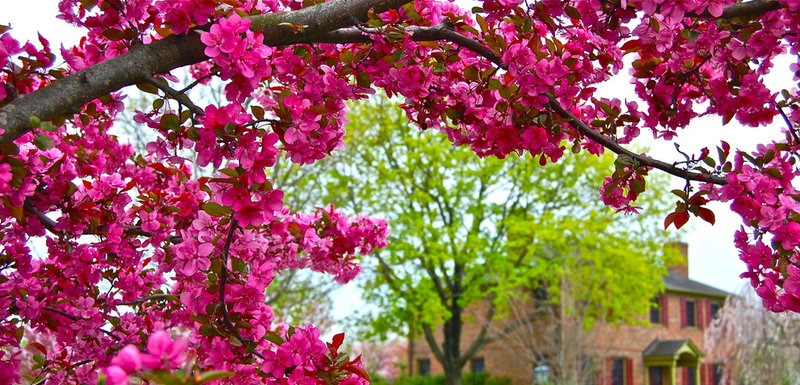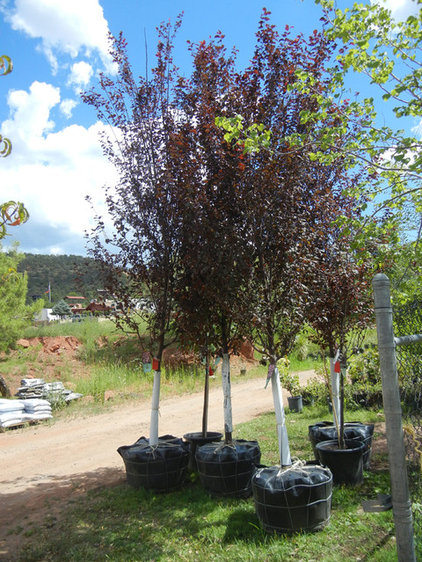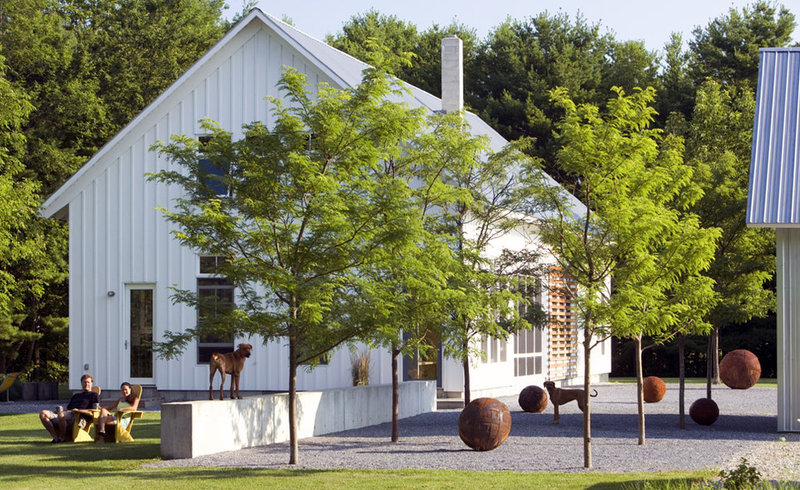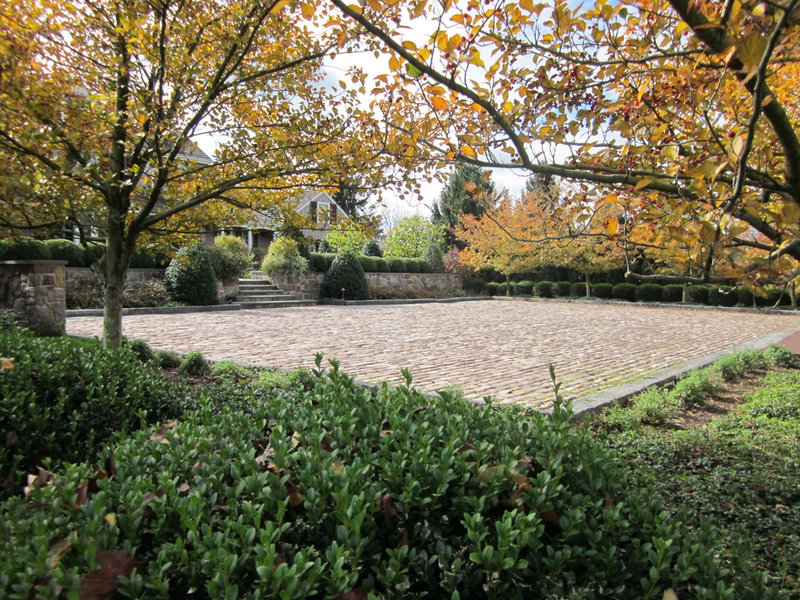he leaves are changing, the nights are crisp. In much of the world, gardeners are laying down their tools, cleaning up their gardens and perhaps breathing a sigh of relief that another gardening season has come and gone.
But the planting season isn’t over. Fall — particularly until late October in colder areas of the country and until November in the South — is the preferred time to plant many species of trees. Planting conditions are near perfect: The soil is warm, the sun isn’t too hot and there’s usually more rain. The weather that makes people say, “Fall is my favorite time of year,” is ideal for many newly planted trees, too.
Different types of trees prefer different living conditions. Not every tree should be planted in fall, of course. The reason is in the roots: Trees with larger, thicker roots that reach deeper into the soil, such as magnolias and oaks, are better off planted in spring. Trees best planted in fall, such as crabapples, maples, elms and honeylocusts, have fibrous root systems shallow enough to readily reach water and nutrients. This allows them to settle in and put out new root growth before the weather turns frigid.
When buying a tree, always check to be sure it’s healthy: no dead branches, splits or damage to the trunk. A damaged trunk interrupts the flow of water up and sugars down the tree. A tree may recover, but a damaged trunk can ultimately kill a tree.
Native to North America, honeylocusts (Gleditsia triacanthos) have fern-like leaves that provide airy shade, so they are a good choice if you want shade but not too much. The species has fierce thorns and grows well over 80 feet tall, but cultivars are thornless and grow to about 40 feet. They need full sun and are hardy in zones 3 (-40°F) to 7 (0°F).




